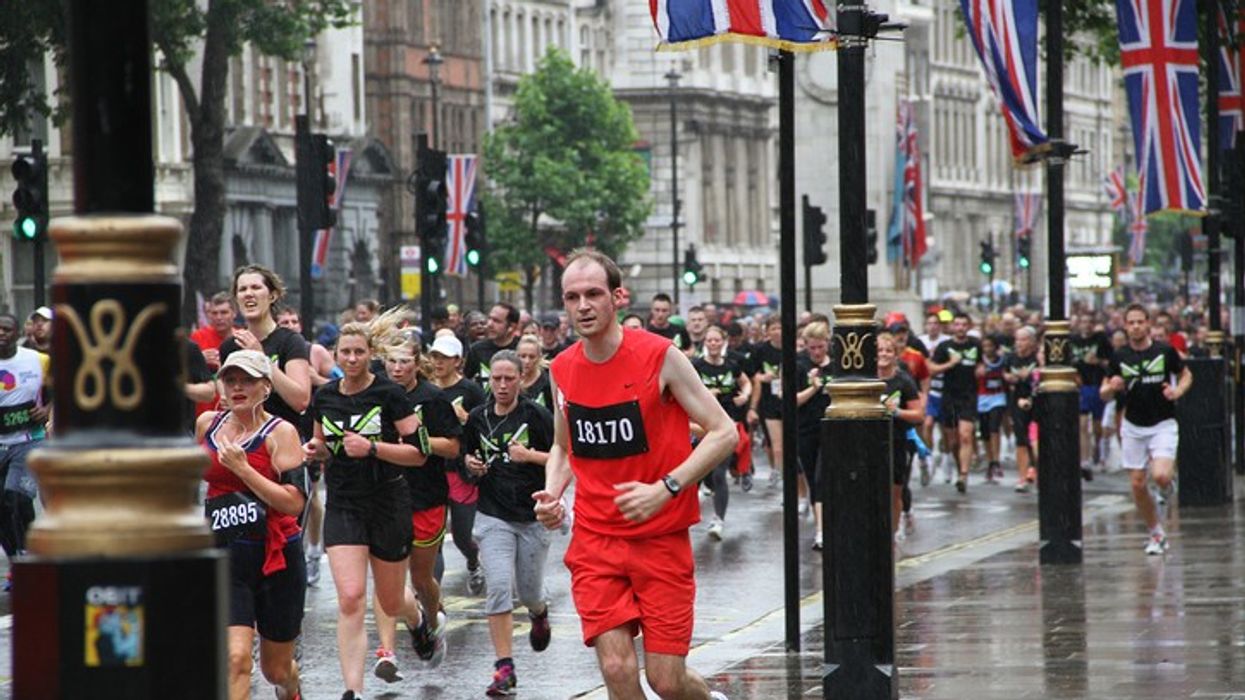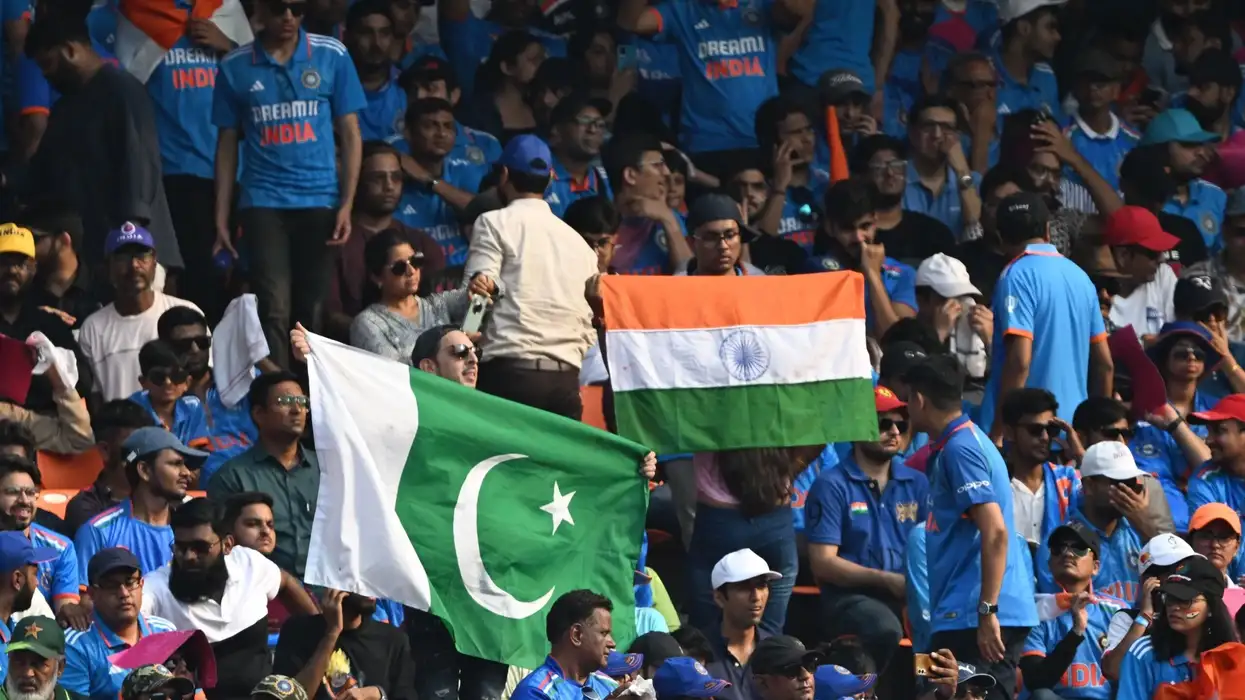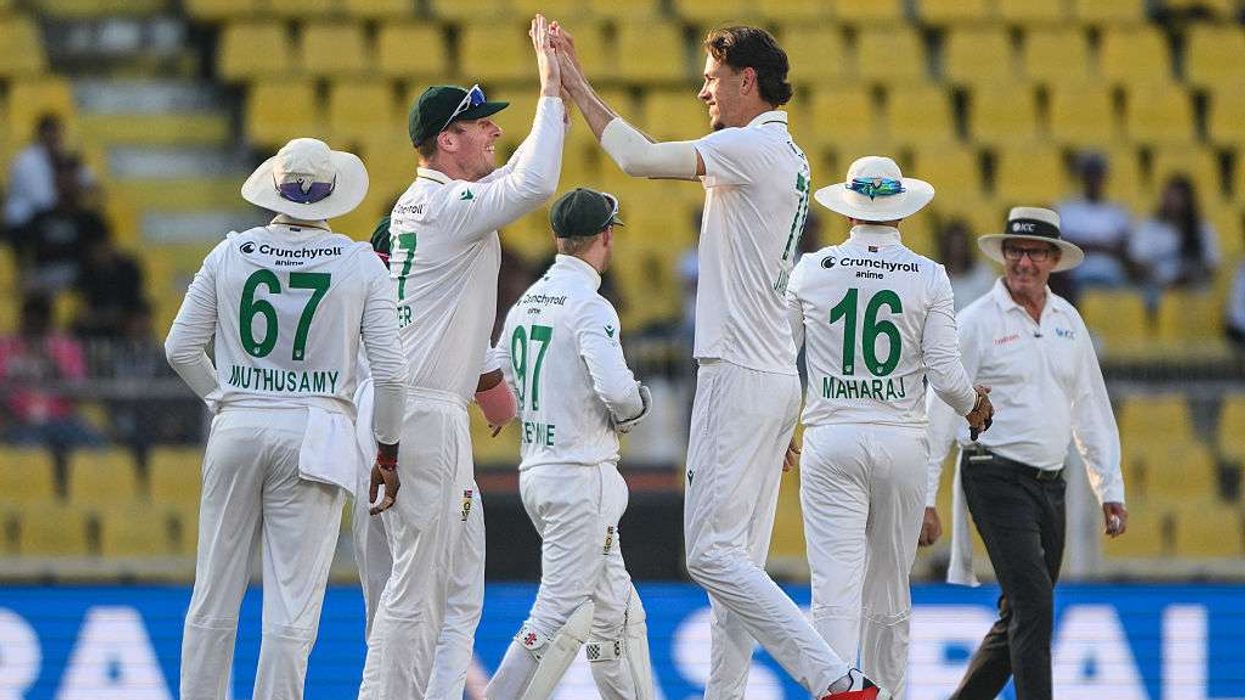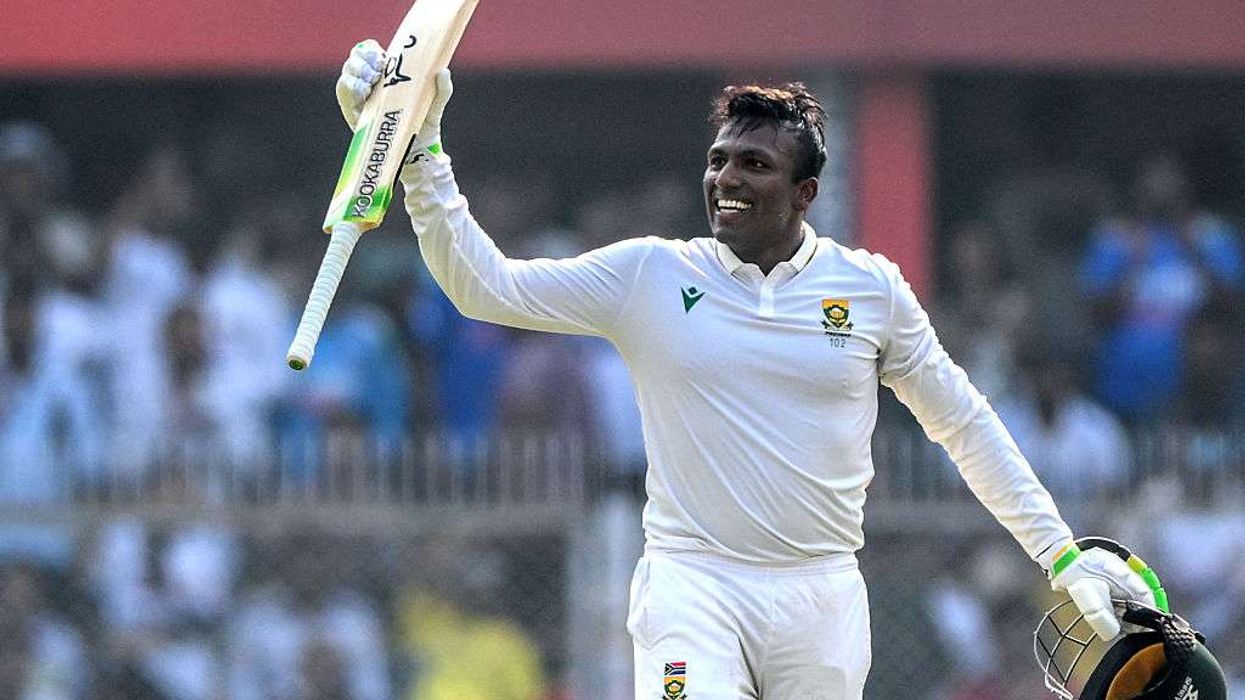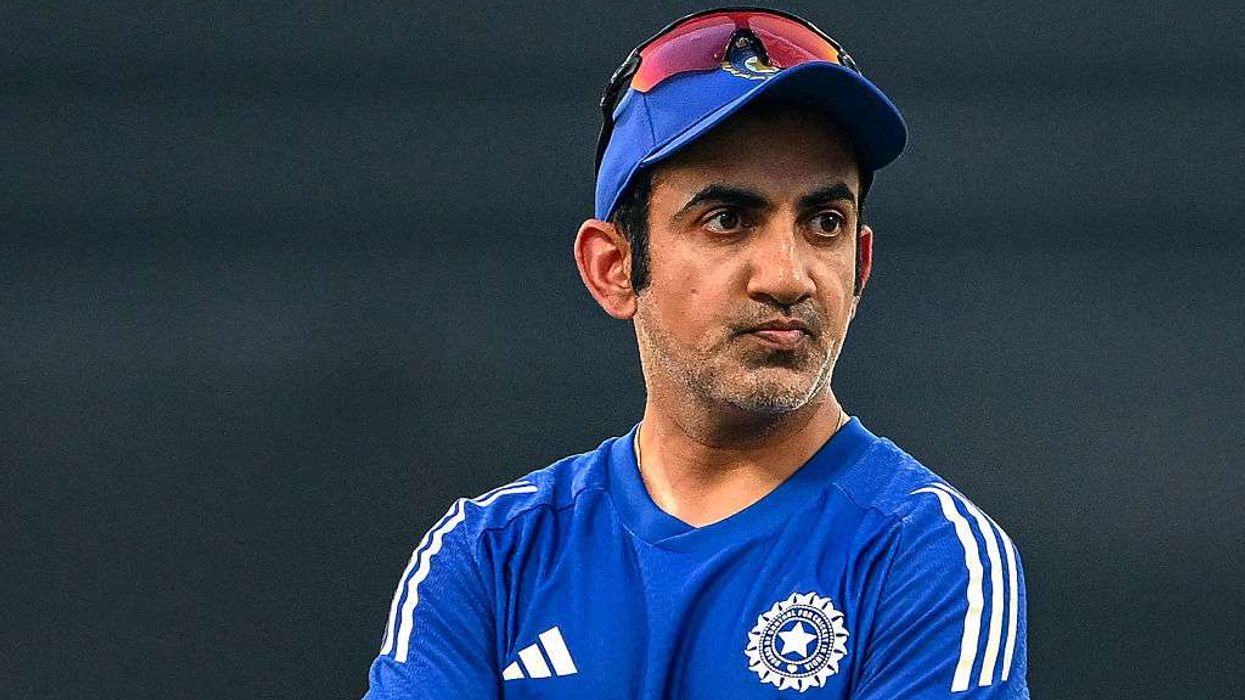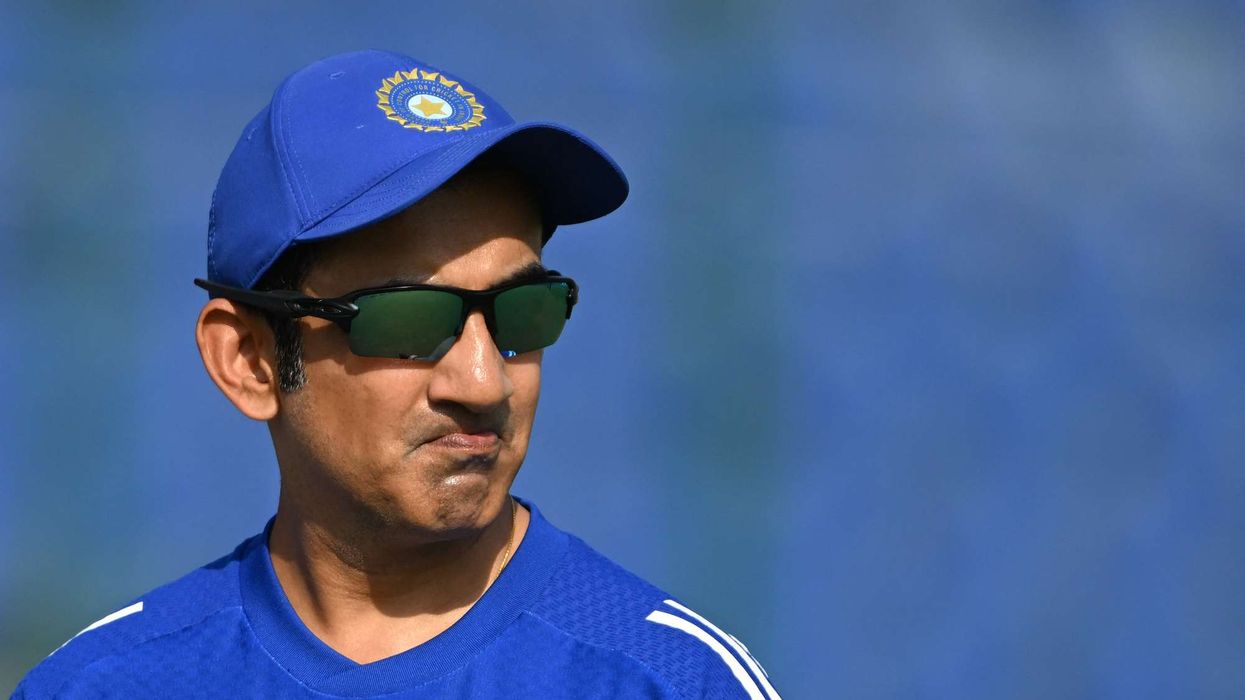The London Marathon returns in 2025 with a record-breaking number of participants and one of the strongest elite fields in the event’s history. All reigning Olympic and Paralympic marathon champions from the Paris 2024 Games are set to compete alongside the winners of last year’s London Marathon, making this year’s edition particularly noteworthy.
More than 56,000 runners are expected to take part, surpassing the previous mass participation record of 55,646 finishers set at the New York Marathon in 2024.
Date and start times
The 2025 London Marathon will take place on Sunday, 27 April.
Start times for the elite and mass races are as follows:
- 8:50 am – Elite wheelchair men’s and women’s races
- 9:05 am – Elite women’s race
- 9:35 am – Elite men’s race followed by the mass participation start
How to watch
The event will be broadcast live in the United Kingdom on the BBC, with coverage available on BBC One, BBC iPlayer, and the BBC Sport website. Live streaming and extensive race updates will also be available online.
Marathon route
The London Marathon covers the traditional 26.2-mile (42.2 km) distance, following a route that has remained largely unchanged since the inaugural race in 1981.
- Start: Greenwich
- Initial stretch: Runners head east towards Woolwich before turning west along the River Thames
- Landmarks along the way:
- Mile 6: Cutty Sark
- Mile 12: Tower Bridge
- Mile 22: Tower of London
- Mile 25: London Eye and Big Ben
- Final section: Runners continue along the Embankment, pass Westminster Bridge, and finish on The Mall, near Buckingham Palace
The route features some of London’s most iconic sights and remains largely flat, offering a fast course for elite competitors and recreational runners alike.
Elite women’s field
This year’s women’s race features the three fastest women in marathon history. However, two major names – Ruth Chepngetich and reigning champion Peres Jepchirchir – have withdrawn due to injury.
The line-up includes:
- Tigst Assefa (ETH, 2:11:53)
- Sifan Hassan (NED, 2:13:44)
- Joyciline Jepkosgei (KEN, 2:16:24)
- Megertu Alemu (ETH, 2:16:34)
- Stella Chesang (UGA, 2:18:26)
- Haven Hailu Desse (ETH, 2:19:29)
- Susanna Sullivan (USA, 2:21:56)
- Charlotte Purdue (GBR, 2:22:17)
- Sofiia Yaremchuk (ITA, 2:23:16)
- Rose Harvey (GBR, 2:23:21)
- Fatima Ezzahra Gardadi (MAR, 2:24:12)
- Philippa Bowden (GBR, 2:25:47)
- Lucy Reid (GBR, 2:26:37)
- Emily Durgin (USA, 2:26:46)
- Molly Bookmyer (USA, 2:28:52)
- Louise Small (GBR, 2:29:33)
- Eilish McColgan (GBR, debut)
- Holly Archer (GBR, debut)
Eilish McColgan’s participation is especially significant, as she makes her marathon debut 29 years after her mother, Liz McColgan, won the event in 1996.
Elite men’s field
The men’s field sees the return of Eliud Kipchoge, widely regarded as the greatest marathon runner in history. Kipchoge is chasing his fifth London title, having last raced here in 2020.
Olympic champion Tamirat Tola, defending champion Alexander Mutiso, and debutant Jacob Kiplimo, the world record holder in the half-marathon, are also among the top contenders.
The full line-up includes:
- Eliud Kipchoge (KEN, 2:01:09)
- Alexander Mutiso (KEN, 2:03:11)
- Sabastian Sawe (KEN, 2:02:05)
- Timothy Kiplagat (KEN, 2:02:55)
- Milkesa Mengesha (ETH, 2:03:17)
- Tamirat Tola (ETH, 2:03:39)
- Mohamed Esa (ETH, 2:04:39)
- Abdi Nageeye (NED, 2:04:45)
- Hillary Kipkoech (KEN, 2:04:45)
- Amanal Petros (GER, 2:04:58)
- Sondre Nordstad Moen (NOR, 2:05:48)
- Yemaneberhan Crippa (ITA, 2:06:06)
- Andrew Buchanan (AUS, 2:06:22)
- Mahamed Mahamed (GBR, 2:07:05)
- Brett Robinson (AUS, 2:07:31)
- Jacob Sommer Simonsen (DEN, 2:07:51)
- Philip Sesemann (GBR, 2:08:02)
- Adam Lipschitz (RSA, 2:08:54)
- Jonathan Mellor (GBR, 2:09:06)
- Dewi Griffiths (GBR, 2:09:49)
- Weynay Ghebresilasie (GBR, 2:09:50)
- Jake Smith (GBR, 2:11:00)
- Jack Rayner (AUS, 2:11:06)
- Kevin Salvano (USA, 2:11:26)
- Luke Caldwell (GBR, 2:11:33)
- Marcelo Laguera (MEX, 2:11:54)
- Dan Nash (GBR, 2:12:59)
- Andrew Heyes (GBR, 2:13:52)
- Alexander Lepretre (GBR, 2:15:01)
- David Bishop (GBR, 2:15:19)
- Logan Smith (GBR, 2:15:49)
- William Mycroft (GBR, 2:15:54)
- James Hoad (GBR, 2:16:29)
- Alex Milne (GBR, 2:16:30)
- Chris Thomas (GBR, 2:16:32)
- Carl Avery (GBR, 2:17:01)
- Sean Hogan (GBR, 2:17:02)
- Jacob Kiplimo (UGA, debut)
- Alex Yee (GBR, debut)
- Jonathan Davies (GBR, debut)
- Jacob Allen (GBR, debut)
- Jack Rowe (GBR, debut)
British triathlete Alex Yee, fresh from Olympic and world titles in the triathlon, will be making his much-anticipated marathon debut.
Prize money
The London Marathon continues its commitment to prize equality, with the same rewards offered across the able-bodied and wheelchair events.
In 2025, the total prize pool for each elite race category is £243,000. The top prizes include:
- 1st place: $55,000 (£44,000)
- 2nd place: $30,000 (£23,100)
- 3rd place: $22,500 (£17,400)
Performance bonuses include:
- $150,000 (£115,900) for men running under 2:02 or women under 2:15
- $125,000 (£96,500) for breaking a world record
- $25,000 (£19,300) for setting a new London course record
The 2025 London Marathon promises a high-quality field, massive participation numbers, and another memorable chapter in the event’s long-standing tradition.
